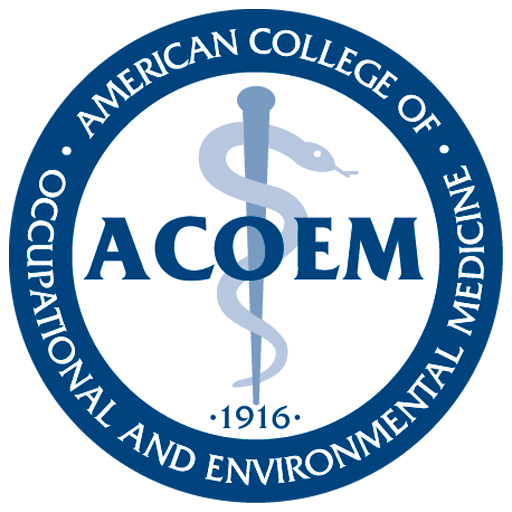
01: What is Occupational Medicine?
- A construction company is planning to do some sandblasting as part of a local building project and comes to you for help. Managers have heard something recently about a new OSHA silica standard, and they wonder what they need to do to comply.
- The volunteer firefighter department has a team member who recently was diagnosed with depression and anxiety, and is taking several medications. It is a rural department and needs every hand it can get, but the captain worries about this team member’s future as a firefighter. She calls and asks for your advice.
- A telemarketing company has had a number of neck strain complaints lately from employees. The owner wants to ensure that workers are fit for their work and has heard about other companies doing preplacement exams. He checks with you to see if you can do these
- You see an elementary school janitor in the clinic. Today, she was lifting a box of tools from the floor to a rolling cart. The cart slipped forward, and as she twisted to avoid spilling the tools, she felt a twinge in her back. It continued to worsen throughout the day, and now, after work, she comes to see you.
Welcome to the world of occupational medicine—often referred to simply as “occ med.” This specialty has some of the highest satisfaction rates in all of medicine, and much of this satisfaction comes from dealing with interesting questions. I often say that in occupational medicine, we learn not just the answers to questions, but we learn how to find the answers to new questions that haven’t been asked yet.
Occupational medicine practitioners use their expertise in many settings: corporate management, academia, government regulation and enforcement, and consulting are a few examples. This basic guide for primary care providers focuses on the clinical setting, in which occupational medicine combines prevention with treatment in a very practical way.
